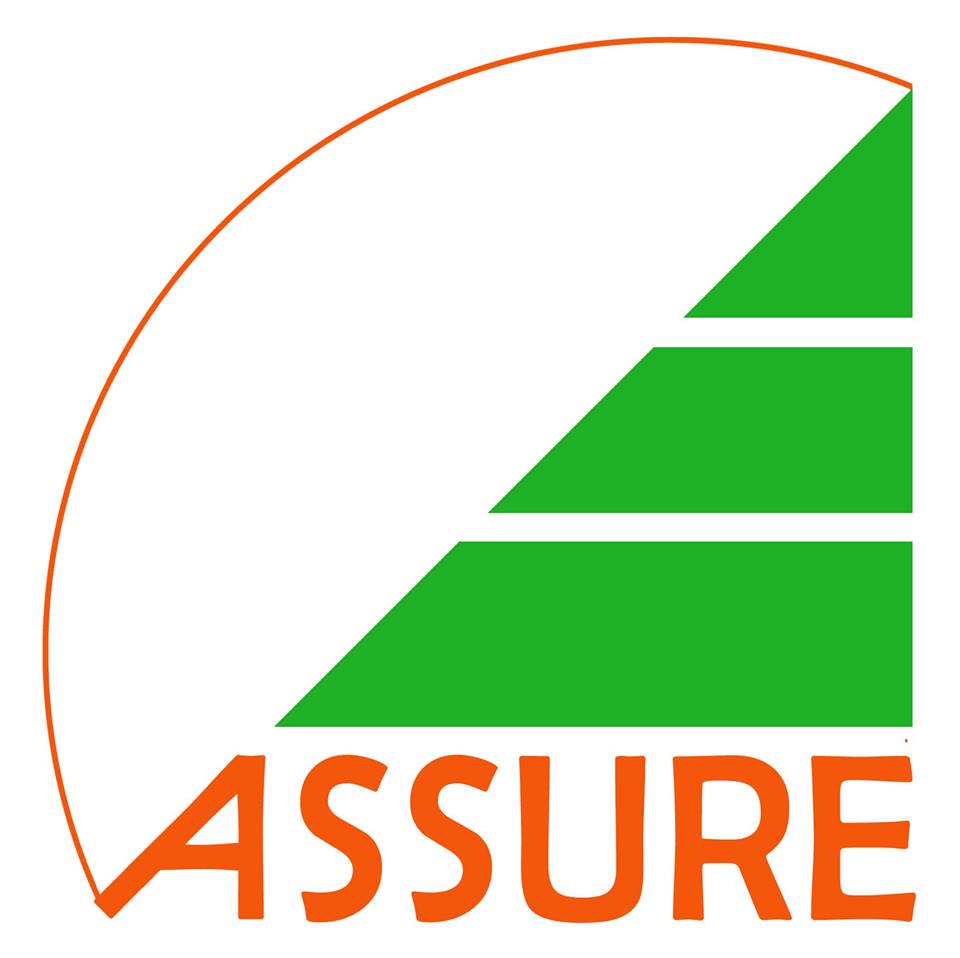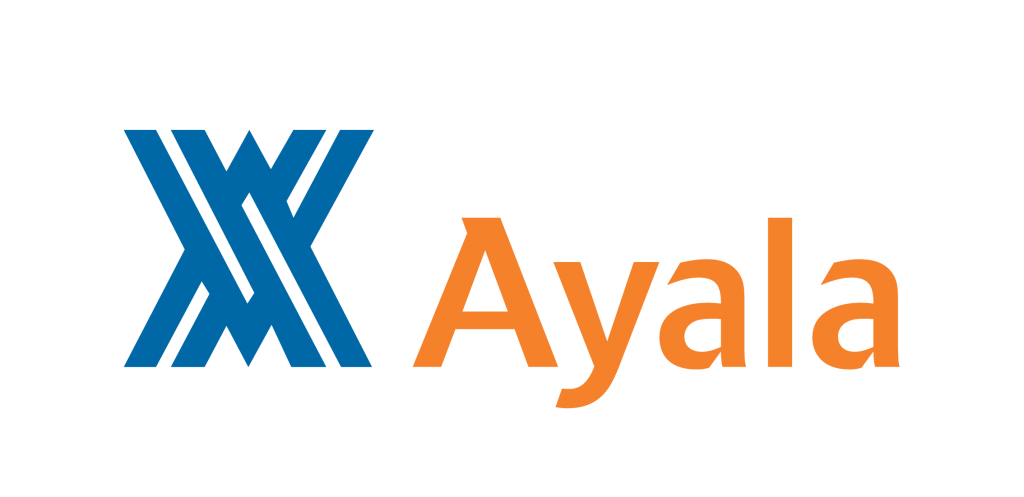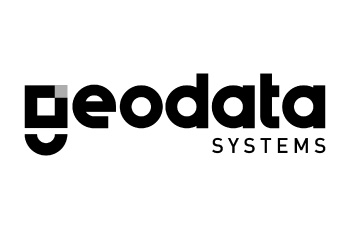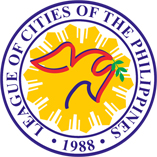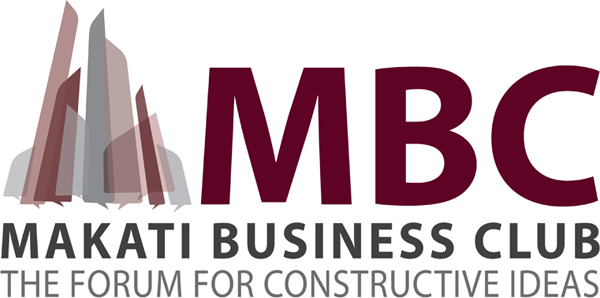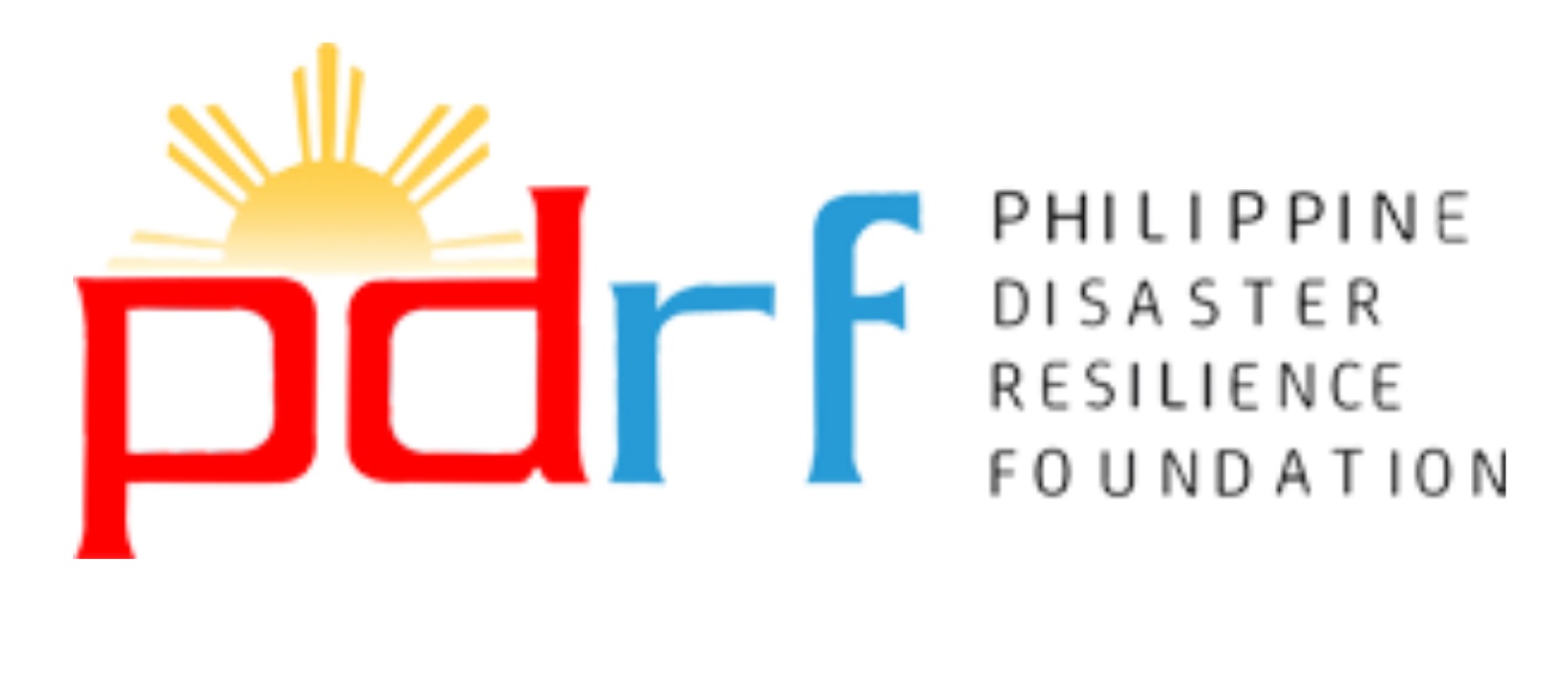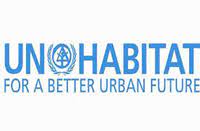Liveable cities
We have been on Enhanced Community Quarantine for over a month and it’s been extended for another two weeks until April 30 (realistically, May 4). Up to now, much of the discussion has revolved around if and when this lockdown should be lifted. But I think the operative word is how. Such a plan should be spelled out now and not announced at the last-minute. Otherwise, chaos will ensue or the number of new cases will spike, or both.
The extension of ECQ will have grave repercussions for many people – workers, businesses, and government. It doesn’t seem realistic to expect people to go through another extension of ECQ without some means of livelihood. Neither is it realistic to expect businesses to continue to bear the cost of funding an economic shutdown. Finally, it is not realistic to expect the government to have the resources to support the unemployed, the urban poor, the middle class, and MSMEs for an extended period of time.
Something’s got to give. That’s why the most important question to answer is how to get the economy re-started so people can go back to earn a living and get their livelihood back in a safe manner that reduces the risk of catching COVID.
Three aspects should be addressed.
Expanded Testing. The first step is to assure people that steps are being taken to assure their safe return to work by expanding testing. Up until now, symptomatic cases have been tested using PCR machines, the “gold standard” for COVID testing. About 18 labs have been certified to conduct these tests but government estimates that the testing capacity will only run to 10,000 tests a day collectively among these labs. There simply isn’t enough testing capacity for a population of our size.
One solution is to expand testing through the use of Antibody Rapid Tests in tandem with PCR tests. Rapid Tests are capable of indicating the presence of antibodies in your blood, a sign that your body is fighting off COVID. The proper use of these tests will enable communities to screen people who can return to work versus those who must remain under quarantine or go for confirmatory testing. This will allow healthy people to re-enter work with some comfort that they are working alongside similarly healthy people. Of course, safety protocols will still need to be practiced by all to avoid catching and spreading COVID.
Modified Community Quarantine. Once workers feel safe, the economy can slowly re-start using MCQ. This can be done using calibrated measures such as identifying which industries and segments of the workforce should return to work. These can be industries with high employment potential, high value-add to the economy, or are essential businesses. This is where expanded testing becomes critical.
Industries which can provide safe accommodations and testing can be ideal candidates for re-starting. Food manufacturing, factories, infrastructure, and construction come to mind. Other essential business include utilities, banking, hospitals and clinics, and some retail (e.g., supermarkets and food delivery) – already open during ECQ. To allow mobility for this initial workforce, limited public and private transportation should be allowed.
Equally important would be to identify which segments of the workforce should be kept out of the workplace during the initial stages of MCQ. This includes people who can continue work-from-home arrangements as well as people who are at risk of catching COVID.
Another method can be through limiting the quarantine to certain locations which may have a high incidence of cases relative to population. Such “hotspots” can be identified if proper case surveillance is followed. Testing becomes an important component of this strategy.
The point is to thin out the workforce population by calibrating its entry and expanding re-entry as immunity takes hold or as the cases drop and treatment becomes manageable.
Better communication. Finally, communication must be both clear and early to explain steps being taken. With the lockdown extension due to expire, now would be a good time to make such an announcement. This would enable workers, businesses, and people to plan their lives.
The bottom-line is we need to transition from Lockdown to Livelihood. We have to balance this delicate equation so we don’t exacerbate this already-difficult situation.
Guillermo M. Luz is Chief Resilience Officer of the Philippine Disaster Resilience Foundation (www.pdrf.org).
Business Matters is a project of Makati Business Club (makatibusinessclub@mbc.com.ph).

